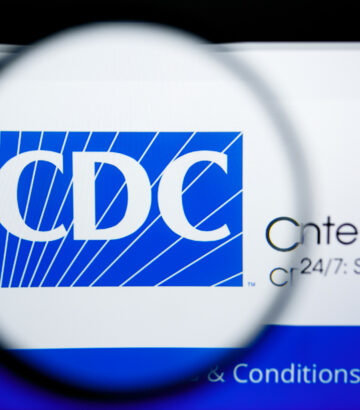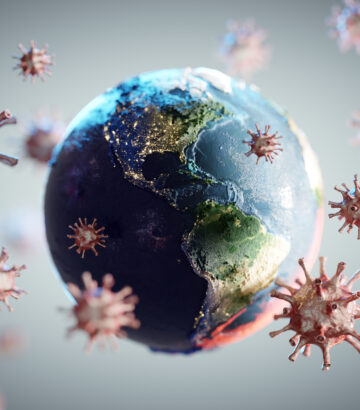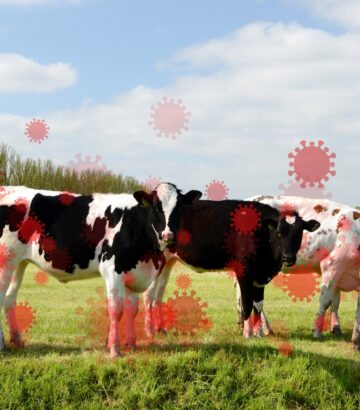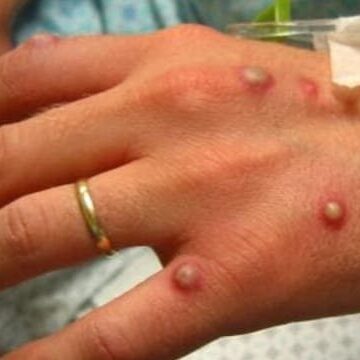The 2024 Mpox Outbreak: A Call to Action for Proactive Health & Safety
The current mpox outbreak, which started in Africa and has been spreading globally, poses a significant public health challenge. Characterized by high mortality and morbidity rates, the 2024 outbreak is especially concerning because a large percentage of infected individuals are children, highlighting the urgent need for science-based interventions to stop further transmission.
Given the dual modes of mpox transmission—both contact and airborne—comprehensive, multilayered precautions are essential to protect individuals and communities worldwide. These precautions should include the following:
- Border Controls and Travel Monitoring: While conducting checks of the point of origin of travelers is necessary, it is important to recognize the limitations presented by multi-point travel, long incubation periods, and potential exposures during transit. Therefore, robust border controls and enhanced global surveillance systems are essential to limit the virus’s spread.
- Contact tracing and establishment of an epidemiological trail: Identifying transmission in a particular setting, geographic or otherwise, is important in developing a robust understanding of the disease. This is especially important because the disease may exhibit a wide range (spectrum) of severity and presentations.
- Airborne and Surface Precautions: Since Mpox can be transmitted through both contact and airborne routes, strict hygiene measures are important in and around suspected, at-risk, or known cases. These measures include surface sterilization with 70% isopropyl alcohol and the use of personal protective equipment (PPE) including respirators. Additionally, maintaining clean air through proper ventilation and filtration systems is critical for reducing airborne transmission.
- Avoiding Contact: Minimizing close physical contact in affected regions and among at-risk populations is vital to stopping the chain of transmission. This includes restricting the sharing of space, clothes, towels, and other household items. Public health campaigns should prioritize education on safe practices, emphasizing the importance of avoiding contact whenever possible.
- Vaccination: It is crucial to promptly and widely administer two doses of the mpox vaccine, as vaccination has been proven to be highly effective in controlling the spread of the virus. However, a vaccine-only strategy is not the ideal tool to deal with mpox.
It is crucial to take collective action now to prevent the rapid global spread of Mpox. Taking early and preemptive measures, similar to extinguishing a fire in its early stages, is not just advisable but necessary to prevent the outbreak from escalating. Despite the currently low risk of infection in some regions due to limited community prevalence, this risk should not be underestimated. Surveillance gaps mean that the true extent of global case distribution remains unknown.
By taking a precautionary approach now, we can avoid the catastrophic consequences of uncontrolled viral spread. Failing to take preventive action will only lead to rapid escalation, making control efforts significantly more challenging and costly.
The WHN asserts that we all must act decisively and collectively, recognizing that the health of one is the health of all. Only through collaboration, vigilance, and a commitment to science-based precautions can we overcome this public health threat and protect the most vulnerable populations.
Notes and References:
- Centers for Disease Control and Prevention (CDC)
The CDC provides guidance on Mpox transmission, stating that the virus can spread through direct contact with infectious rashes, scabs, or body fluids, as well as through respiratory secretions during prolonged face-to-face contact. Ref.: CDC, “Mpox: How it Spreads,” available at CDC Mpox Transmission.
- World Health Organization (WHO)
The WHO emphasizes that Mpox can be transmitted through close contact with lesions, body fluids, respiratory droplets, and contaminated materials such as bedding. Ref.: WHO, “Monkeypox,” available at WHO Mpox Fact Sheet.
- Scientific Article on Airborne Transmission
A study published in The Lancet Microbe explores the potential for airborne transmission of the Mpox virus, particularly in healthcare settings. It highlights that respiratory droplets and aerosols may play a role in the transmission, especially in crowded or poorly ventilated environments. Ref.: “Airborne Transmission of Monkeypox Virus,” The Lancet Microbe (2023), DOI: 10.1016/S2666-5247(22)00291-0.
- Journal of Infectious Diseases
This journal article reviews evidence supporting the contact and airborne transmission routes of Mpox and underscores the importance of multi-layered precautions, including vaccination, hygiene measures, and the use of PPE. Ref.: Reynolds, M. G., et al., “Prevention and Control of Monkeypox: Lessons from an Outbreak,” Journal of Infectious Diseases (2022), DOI: 10.1093/infdis/jiac113.











